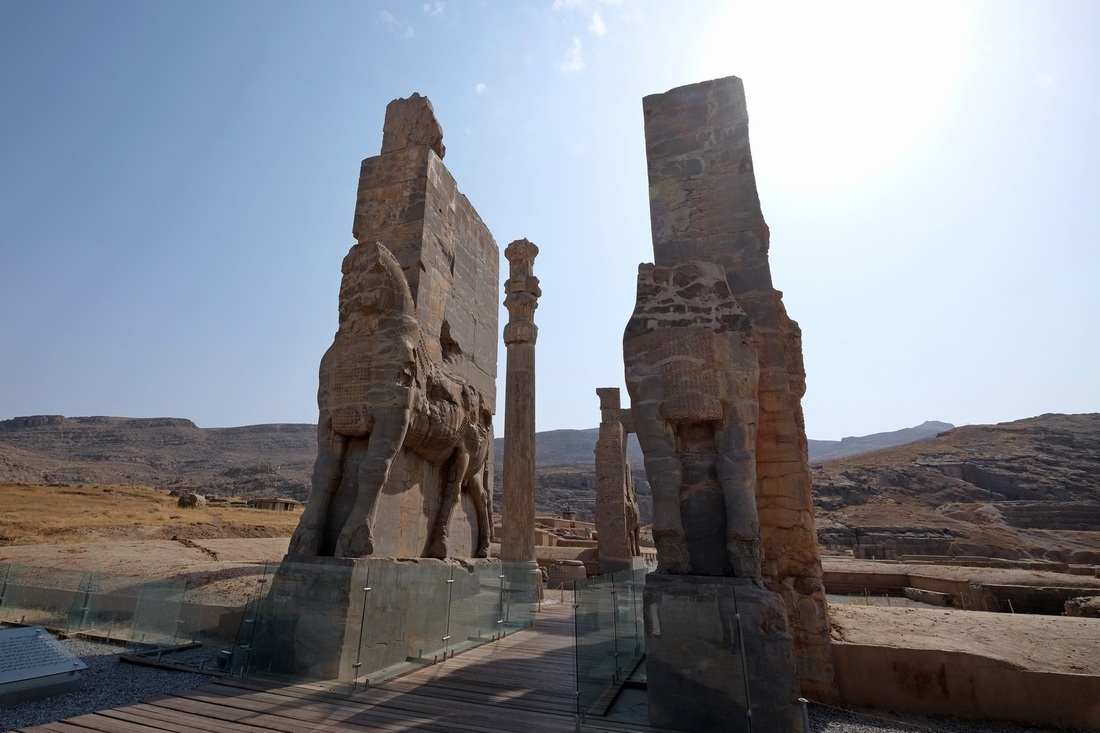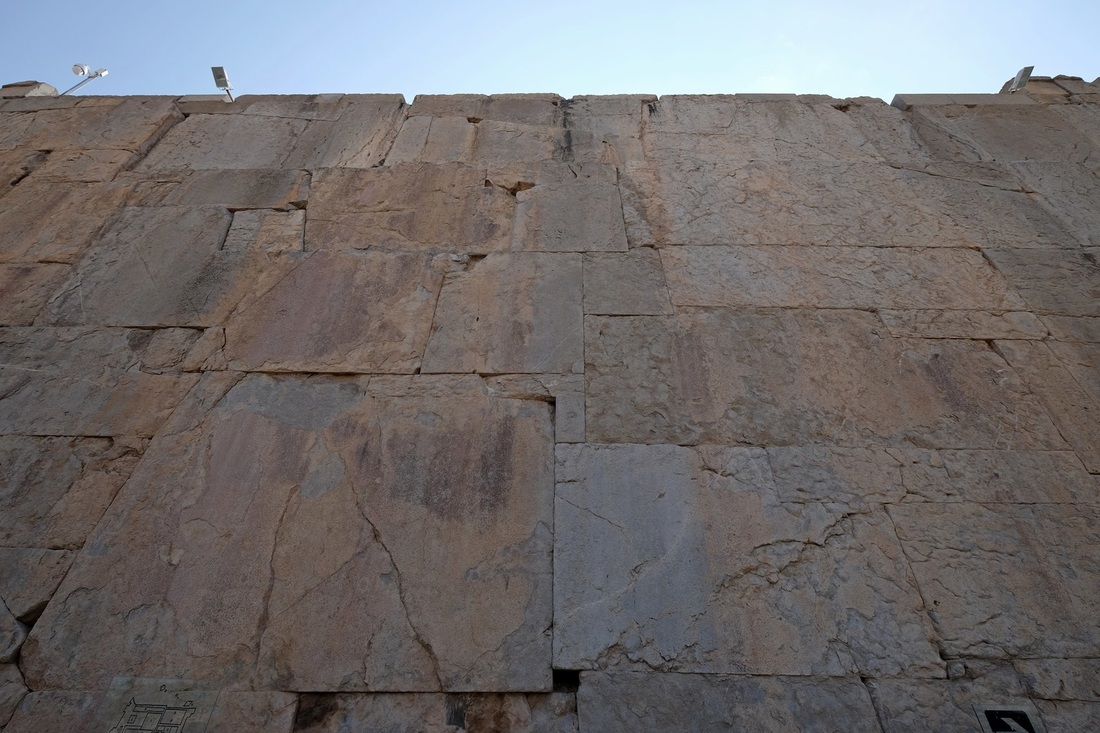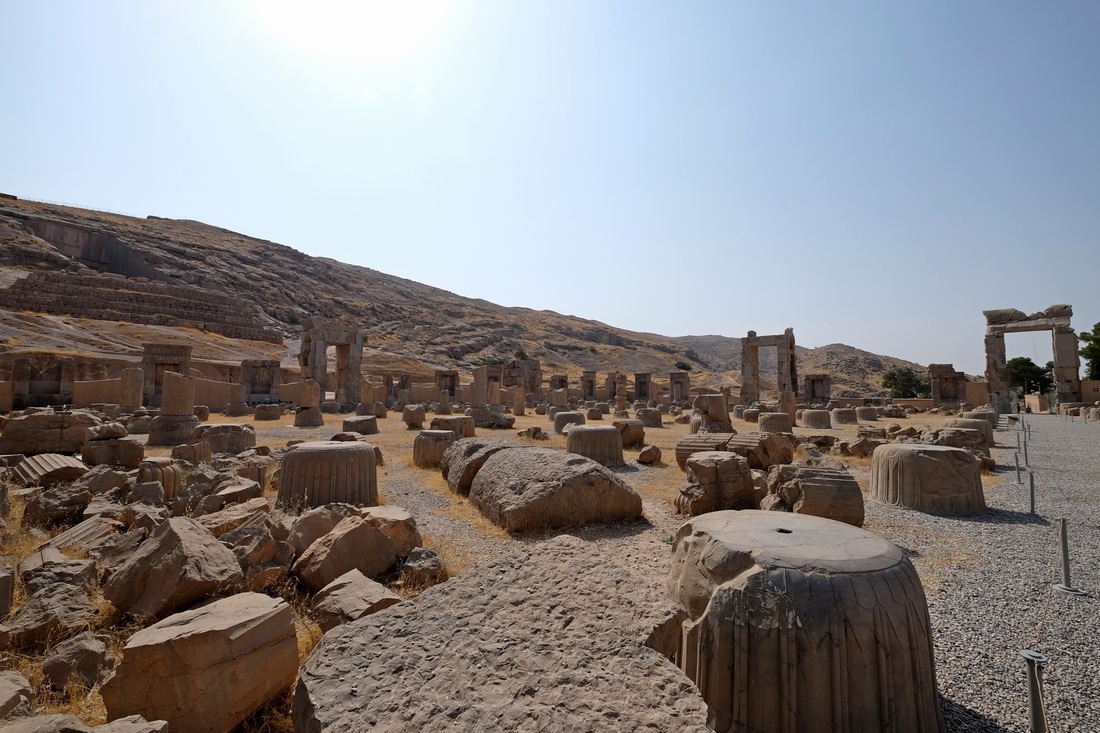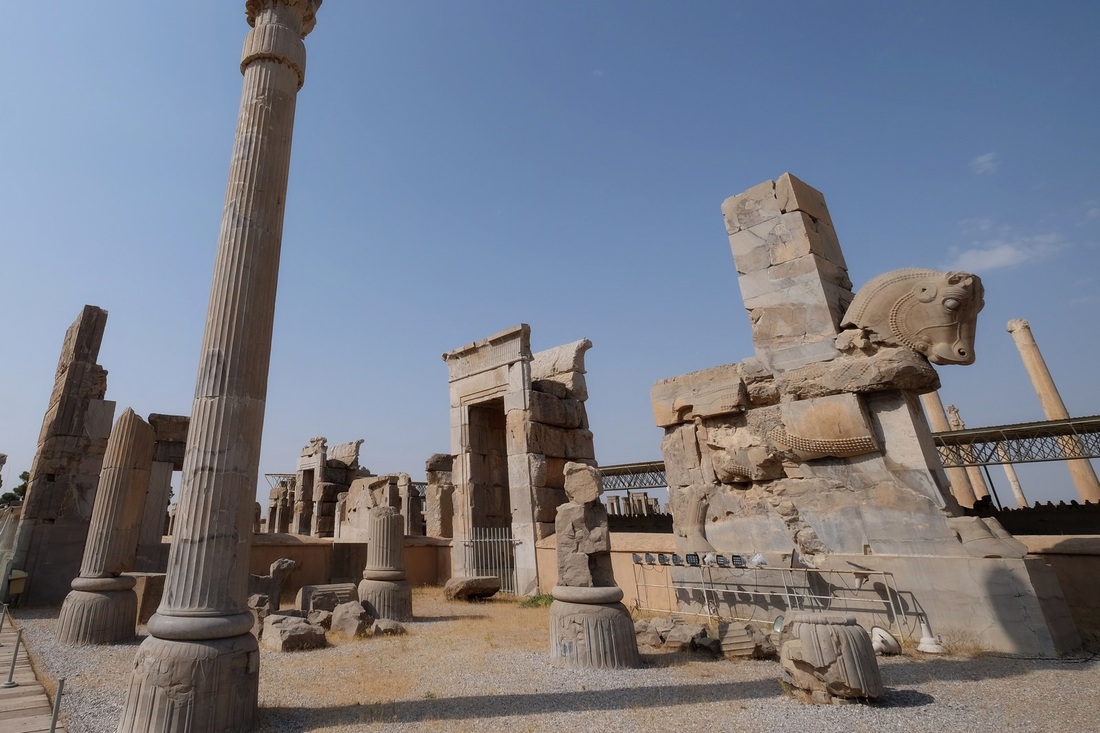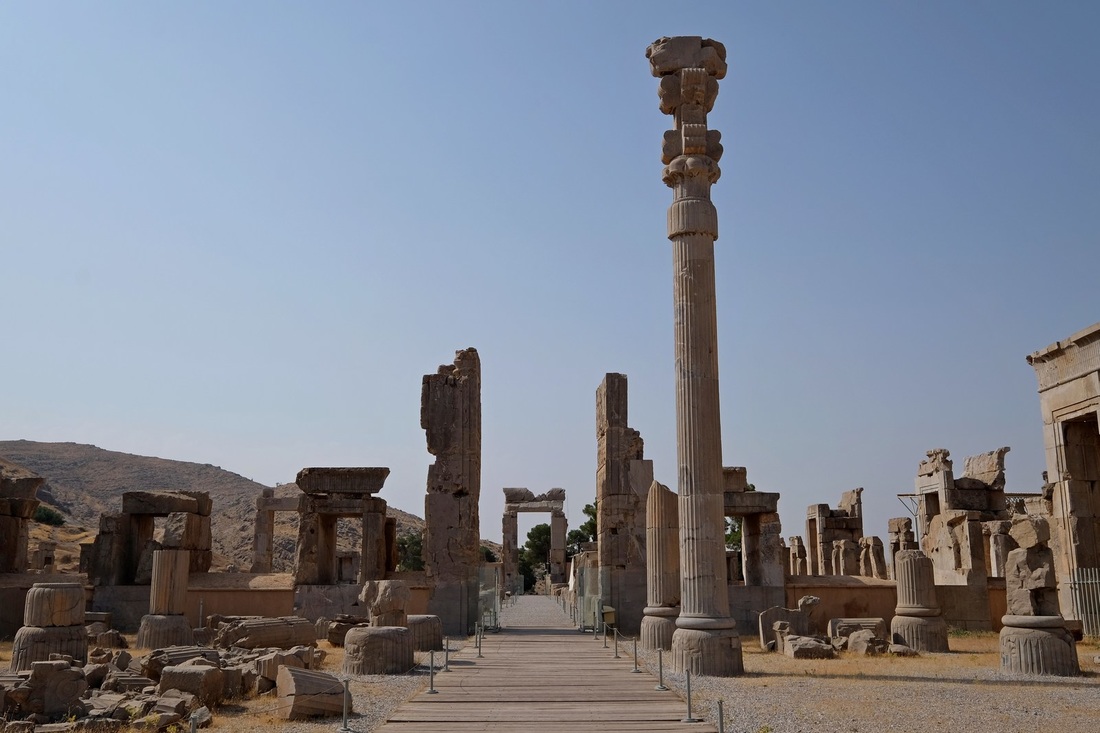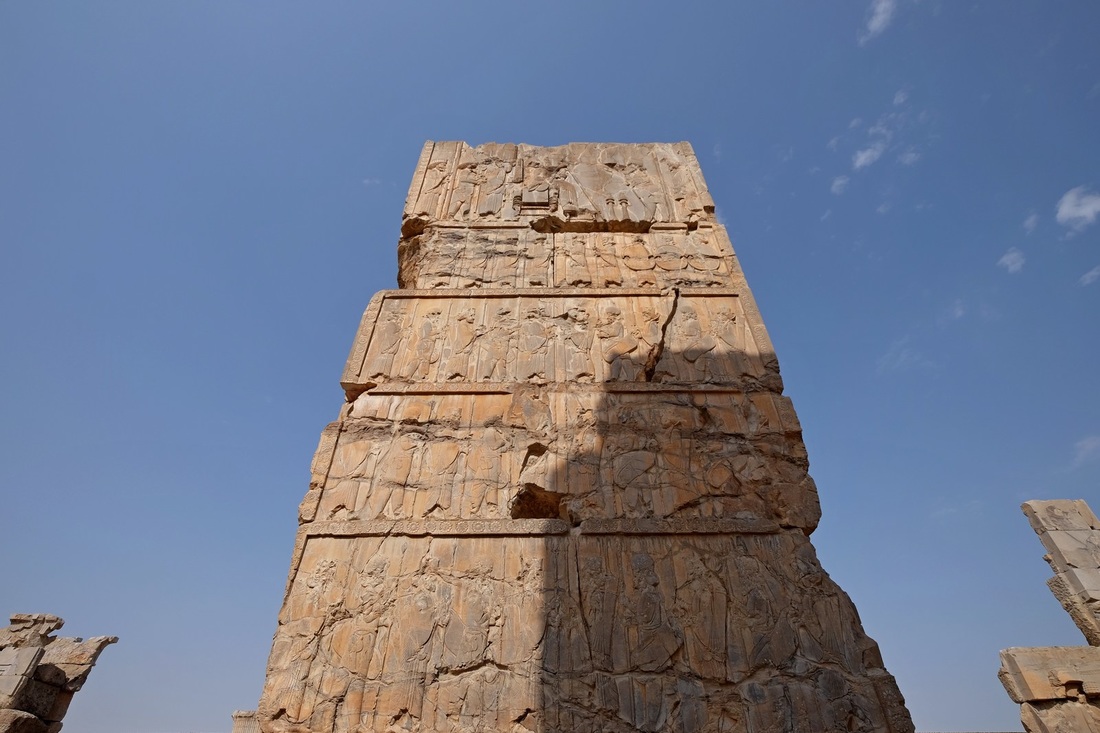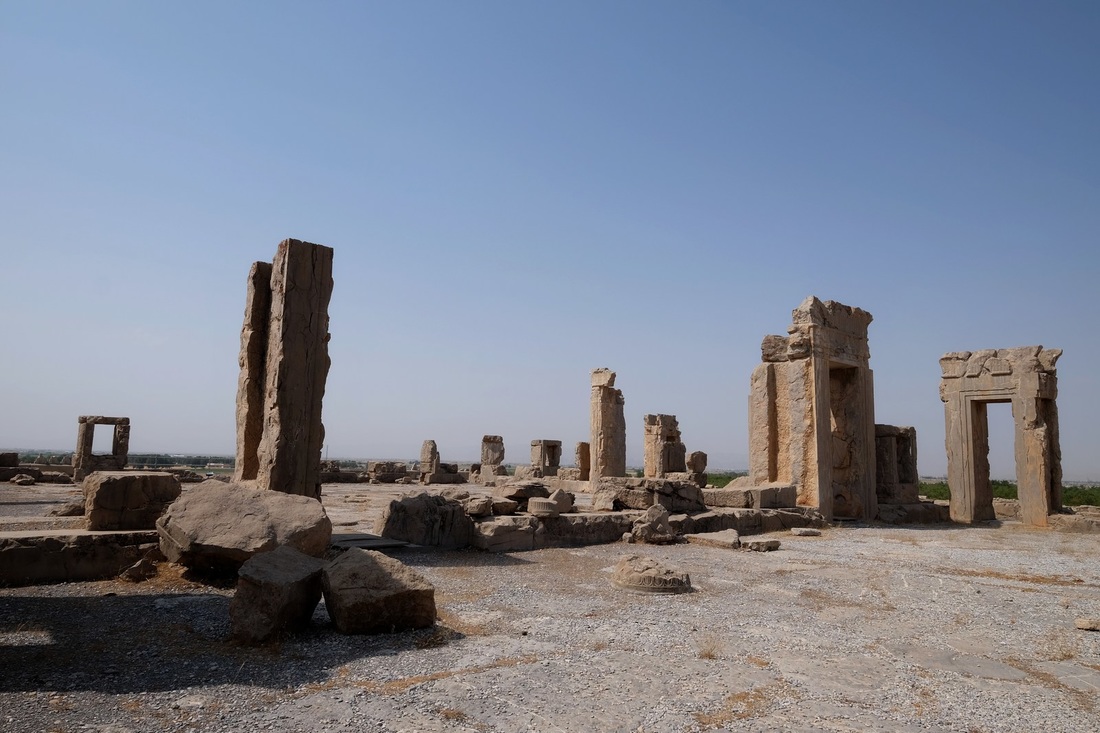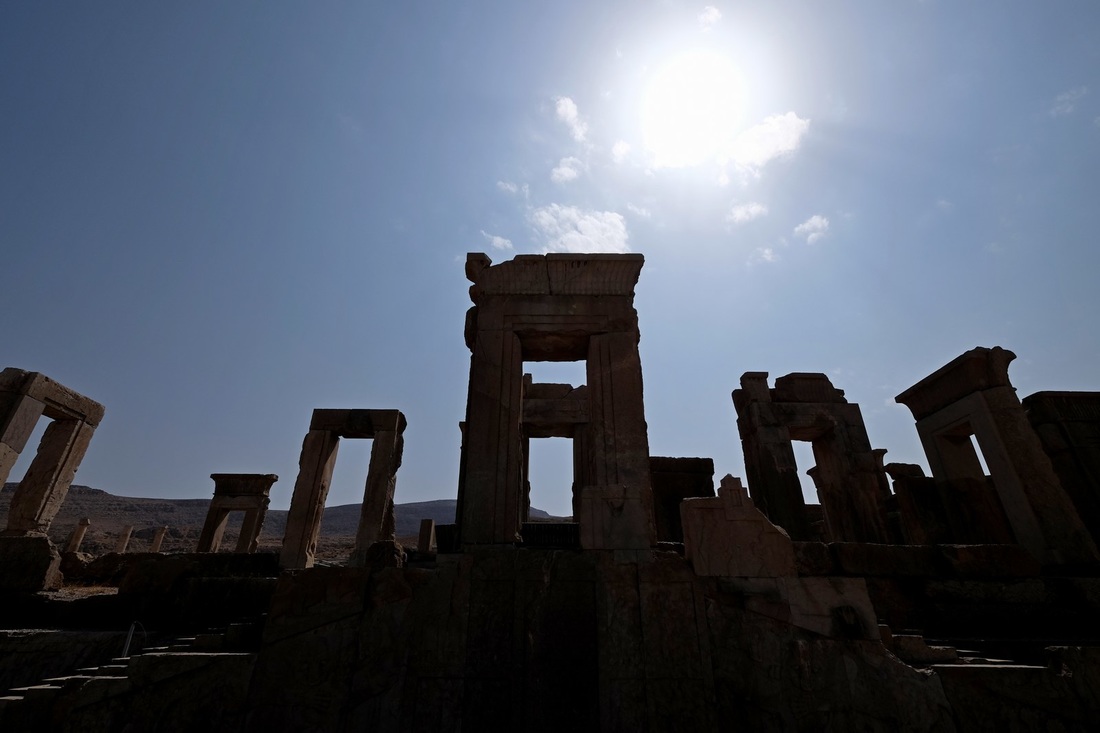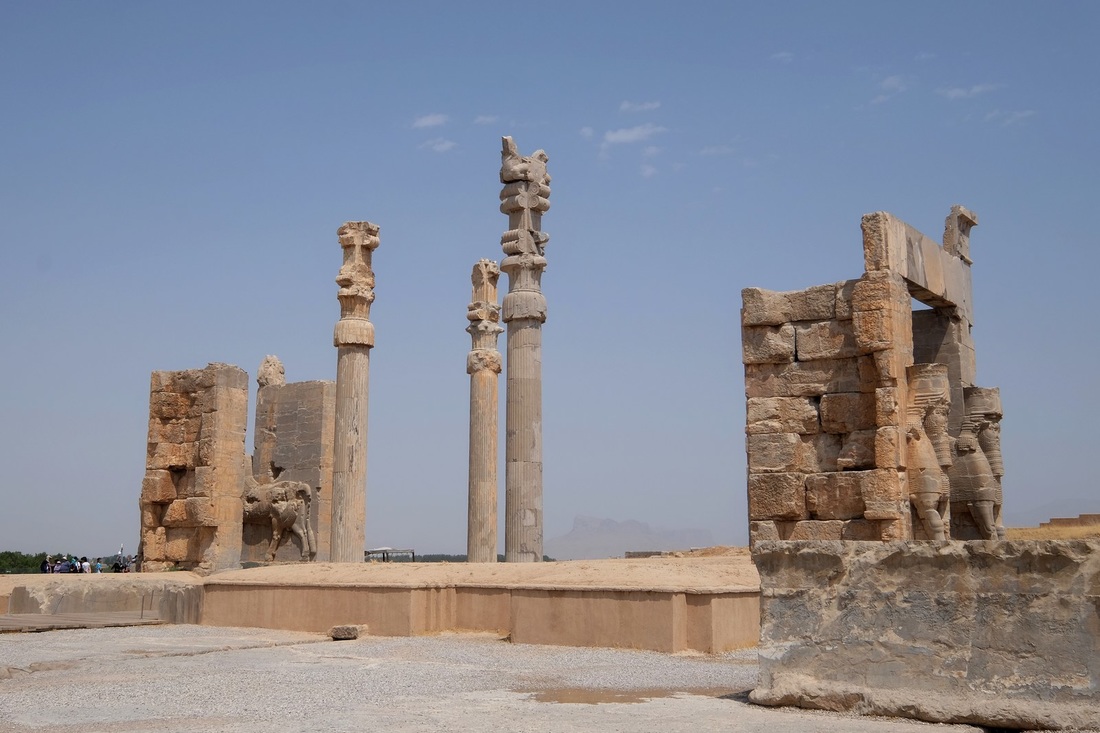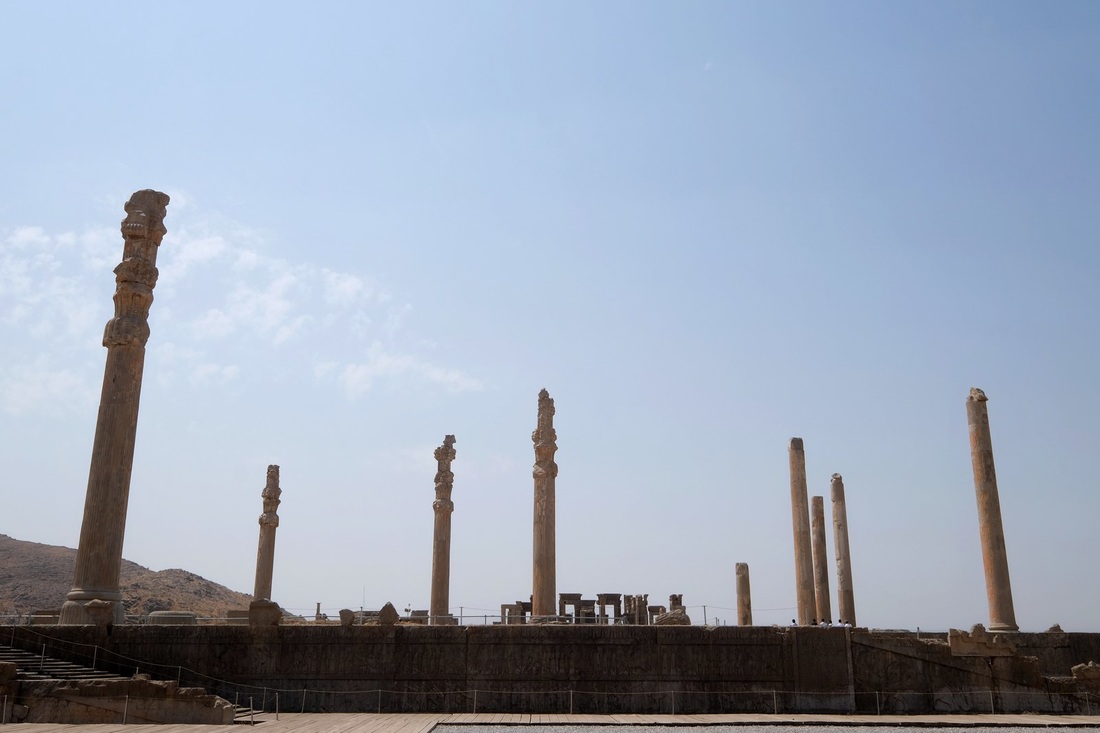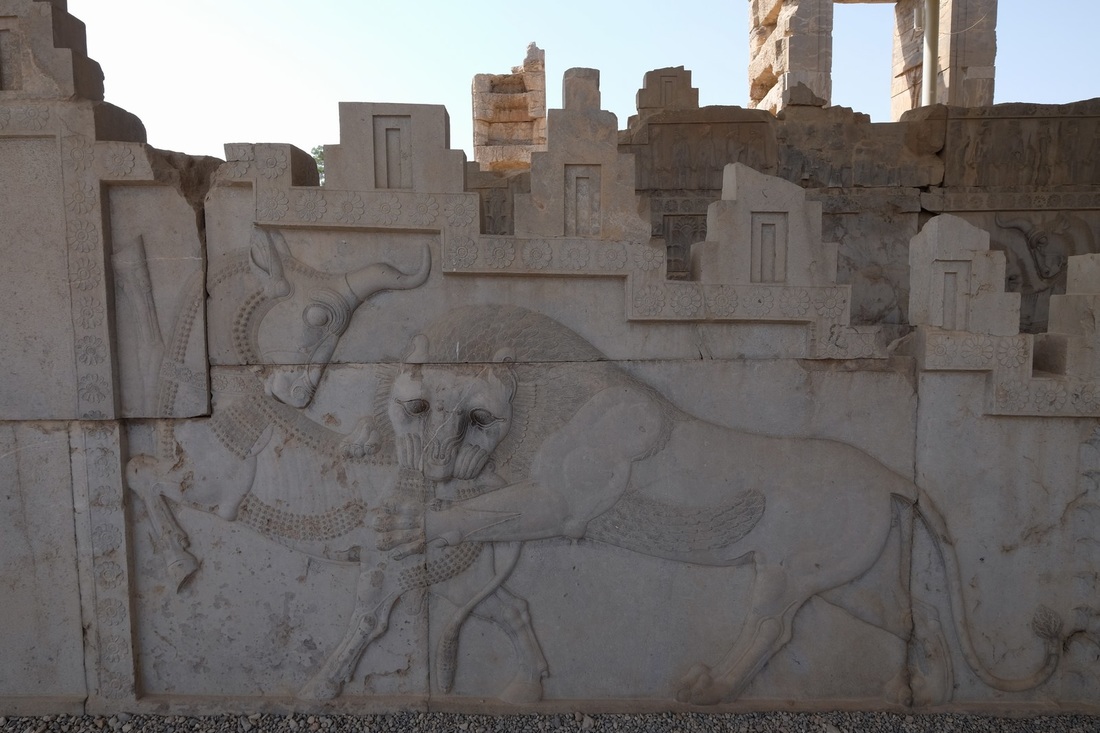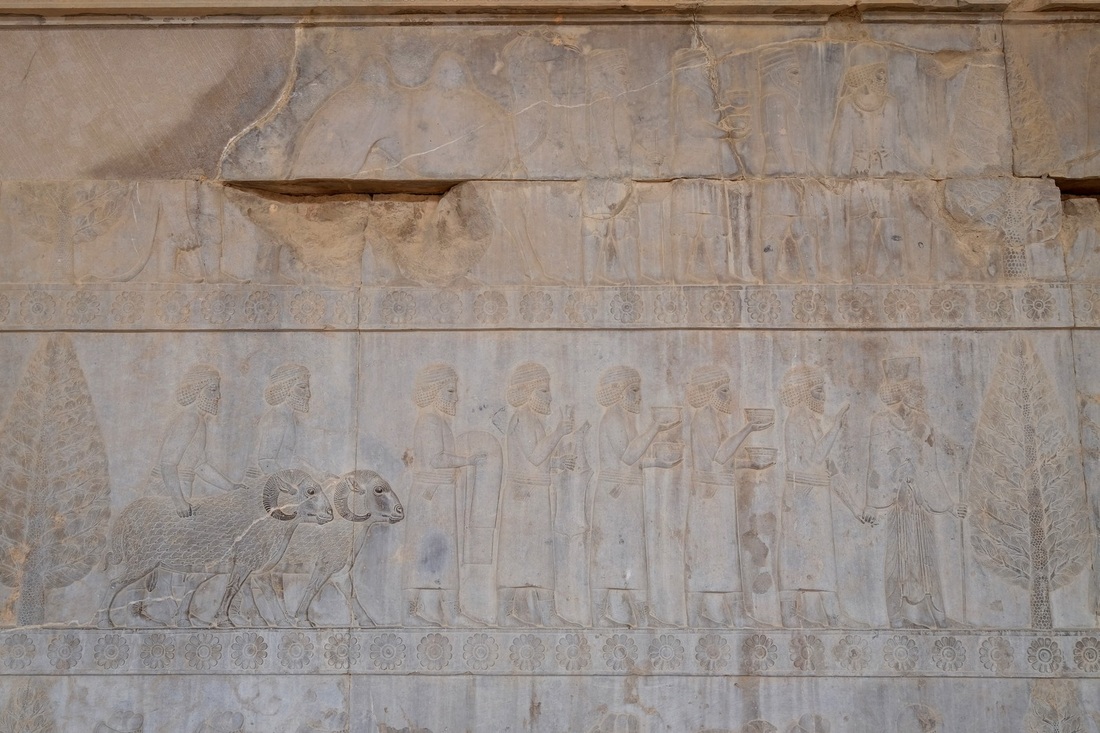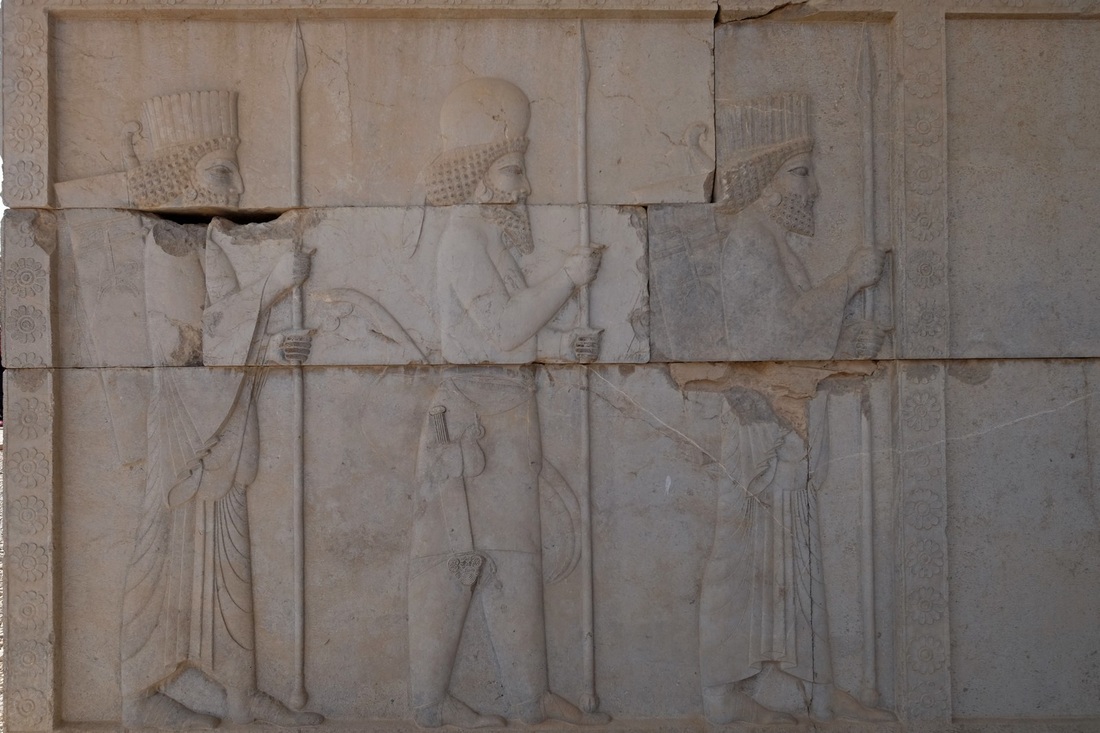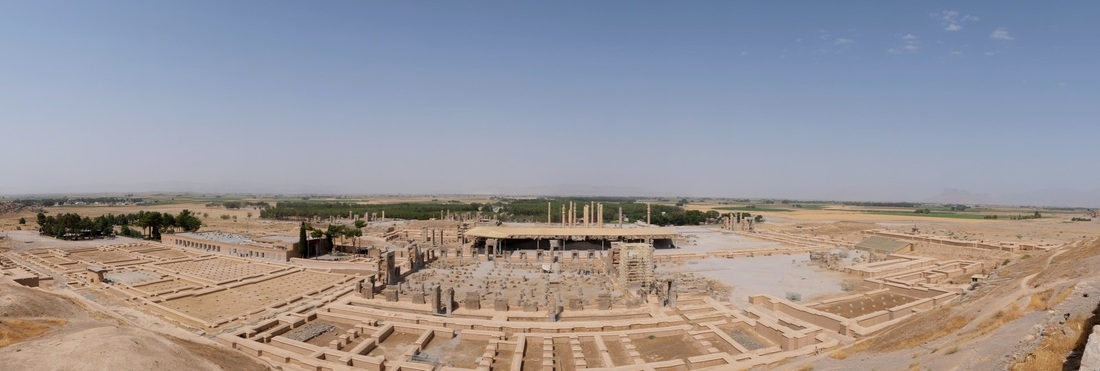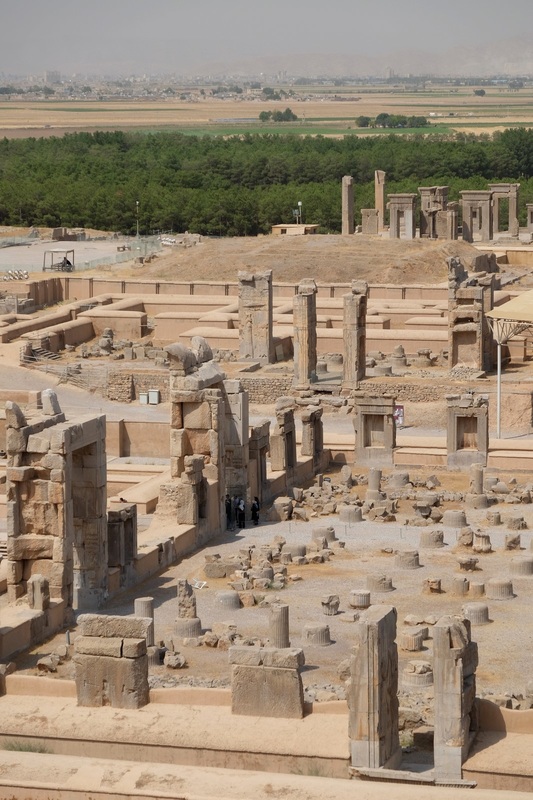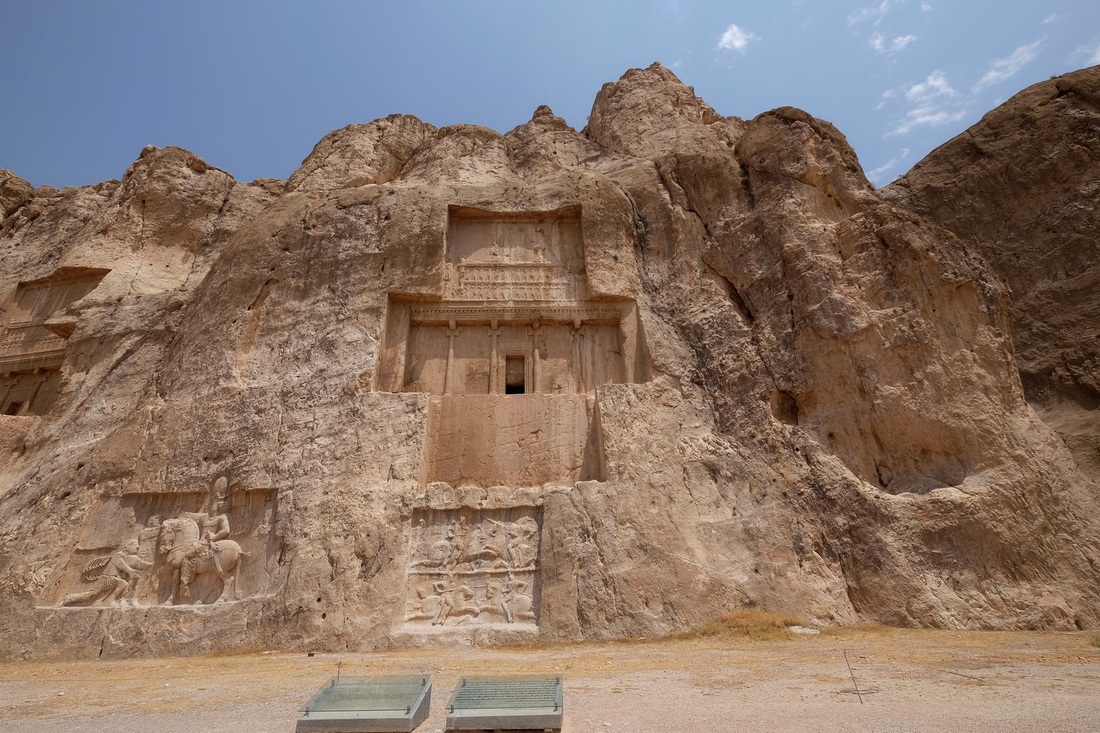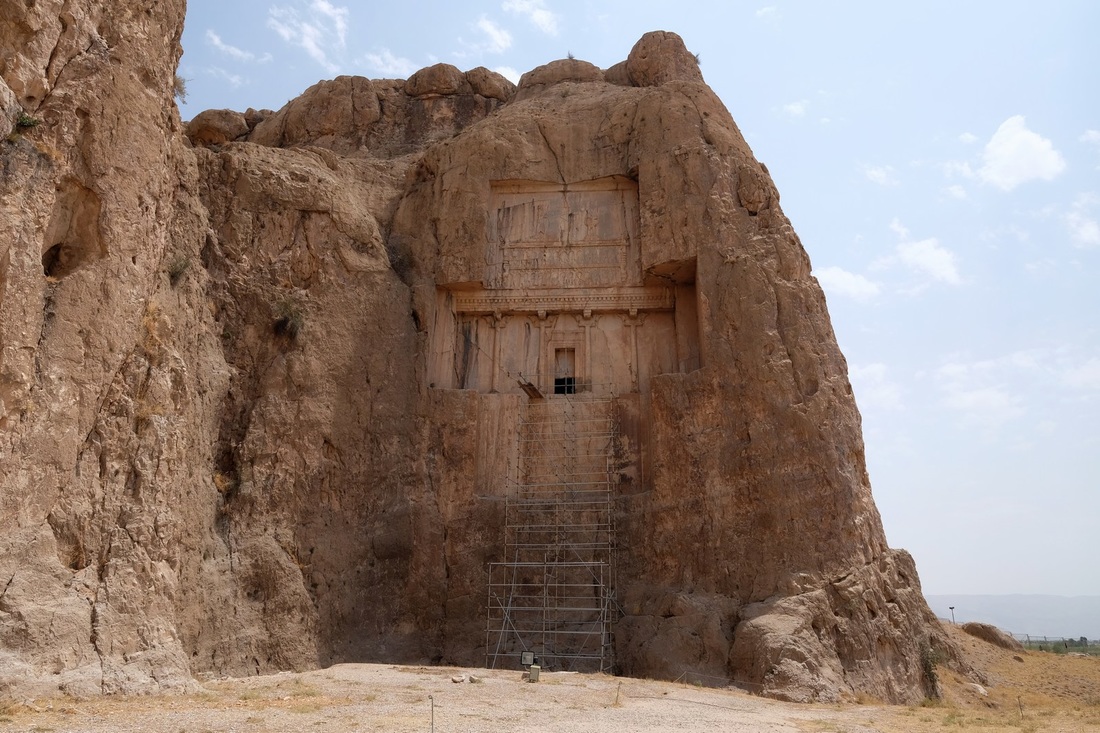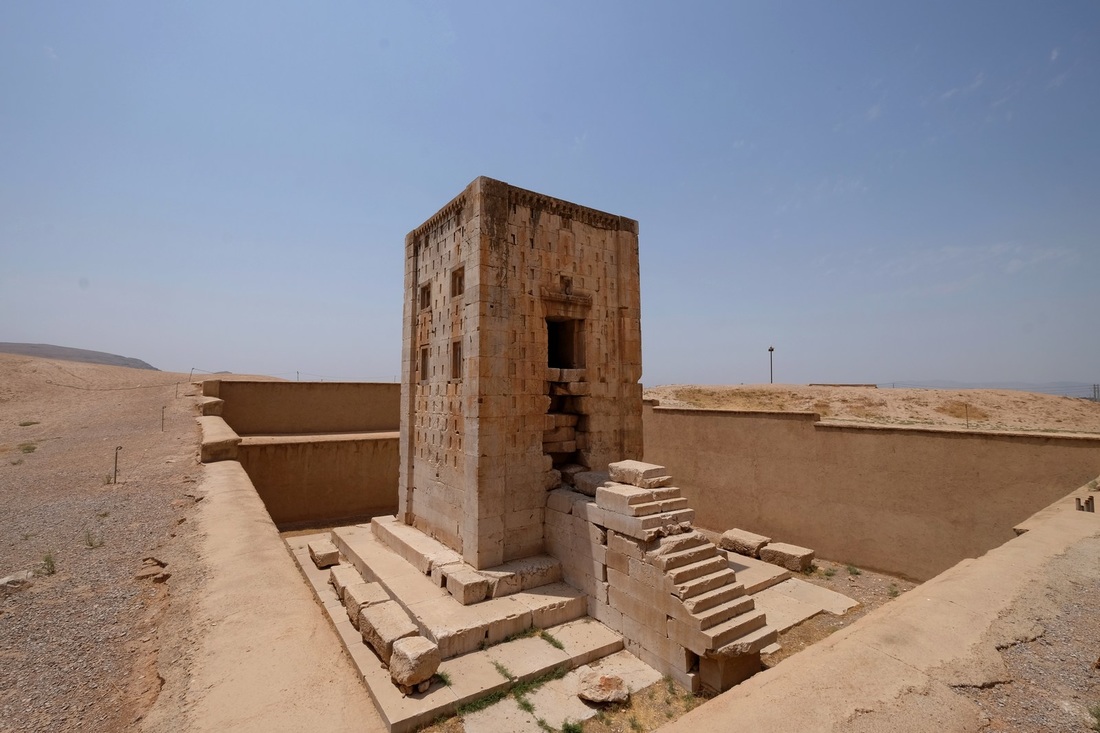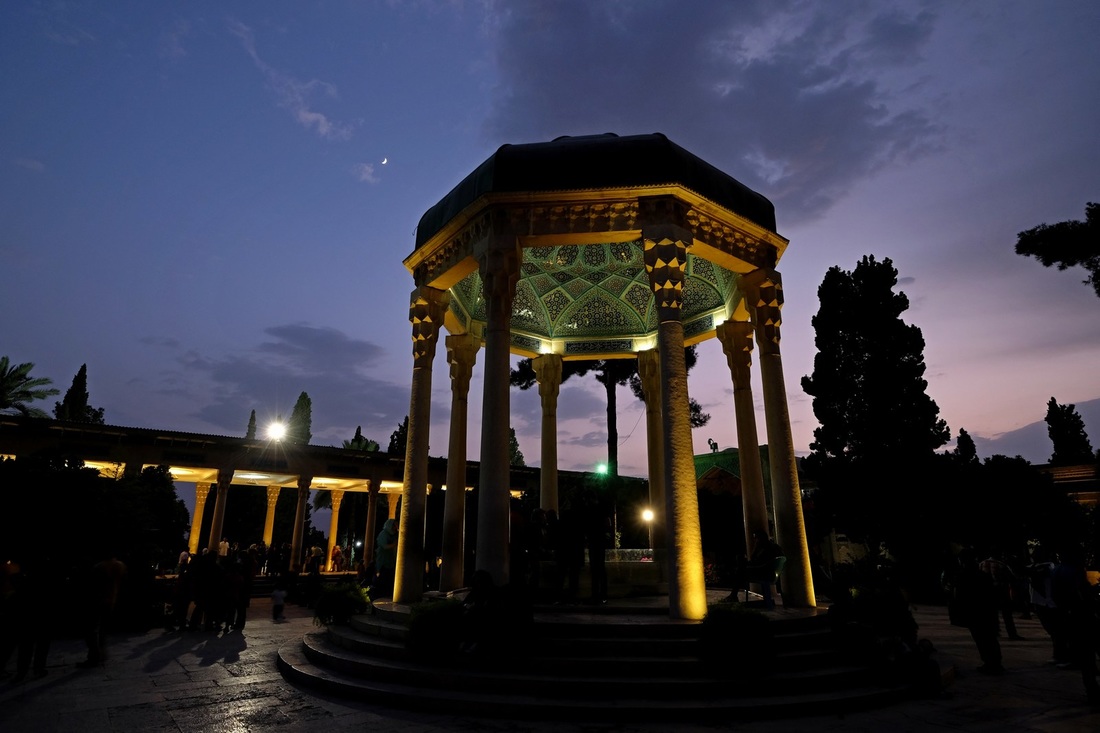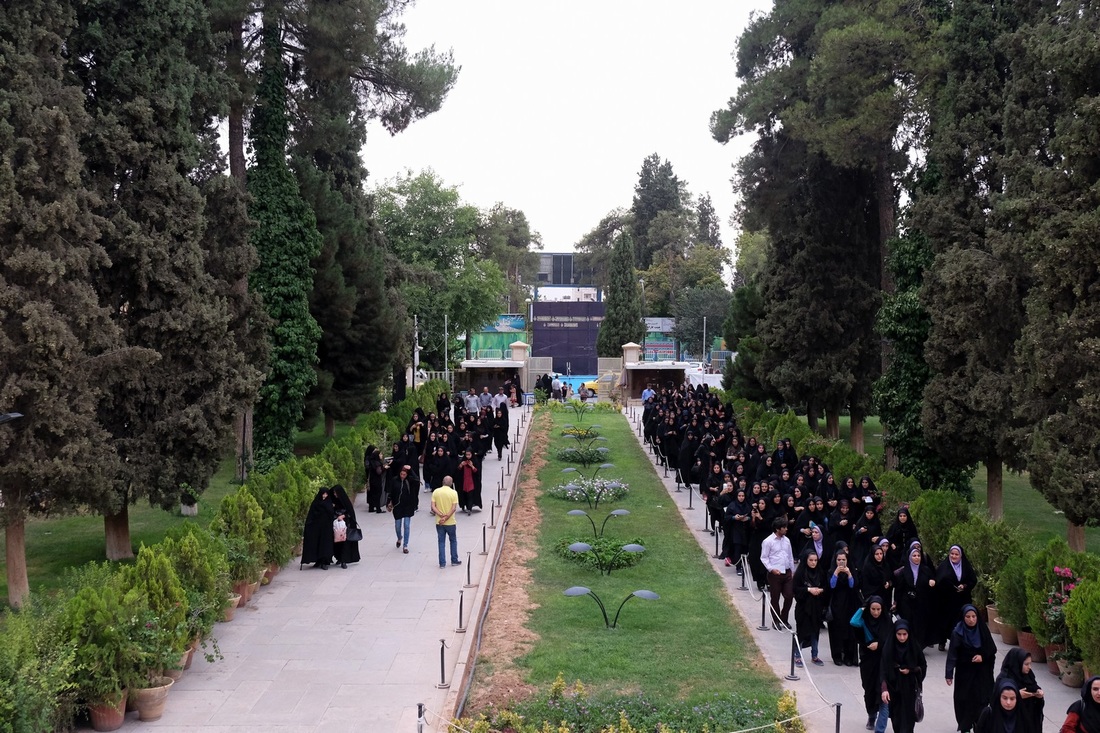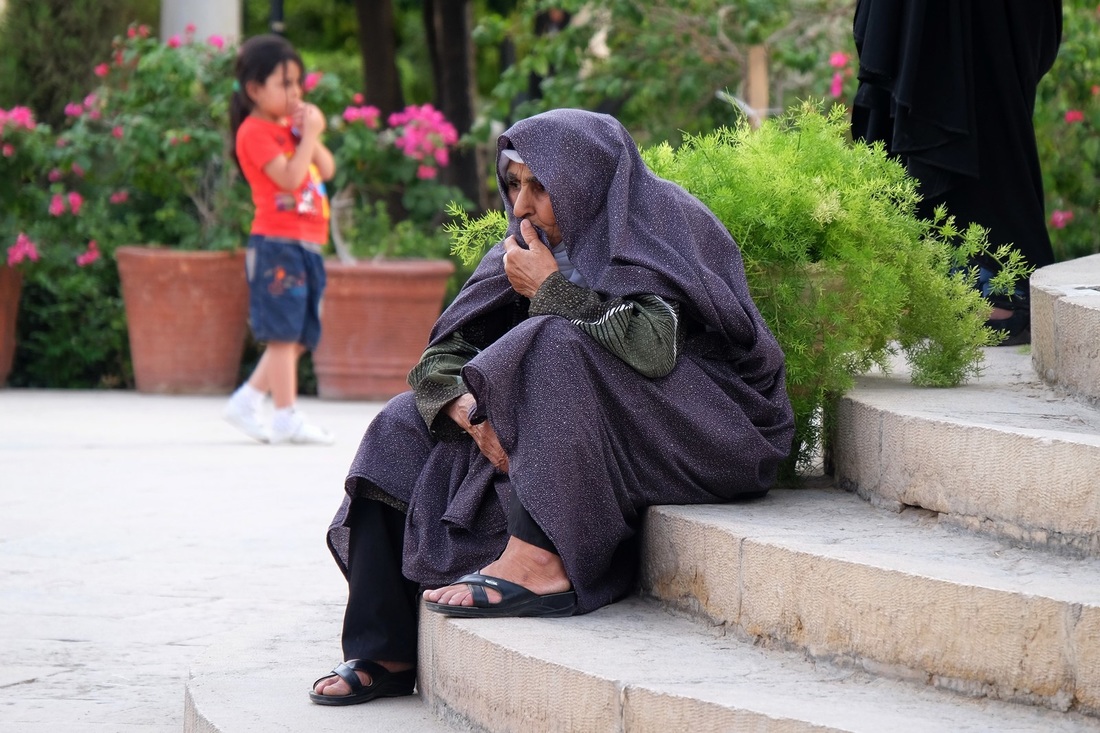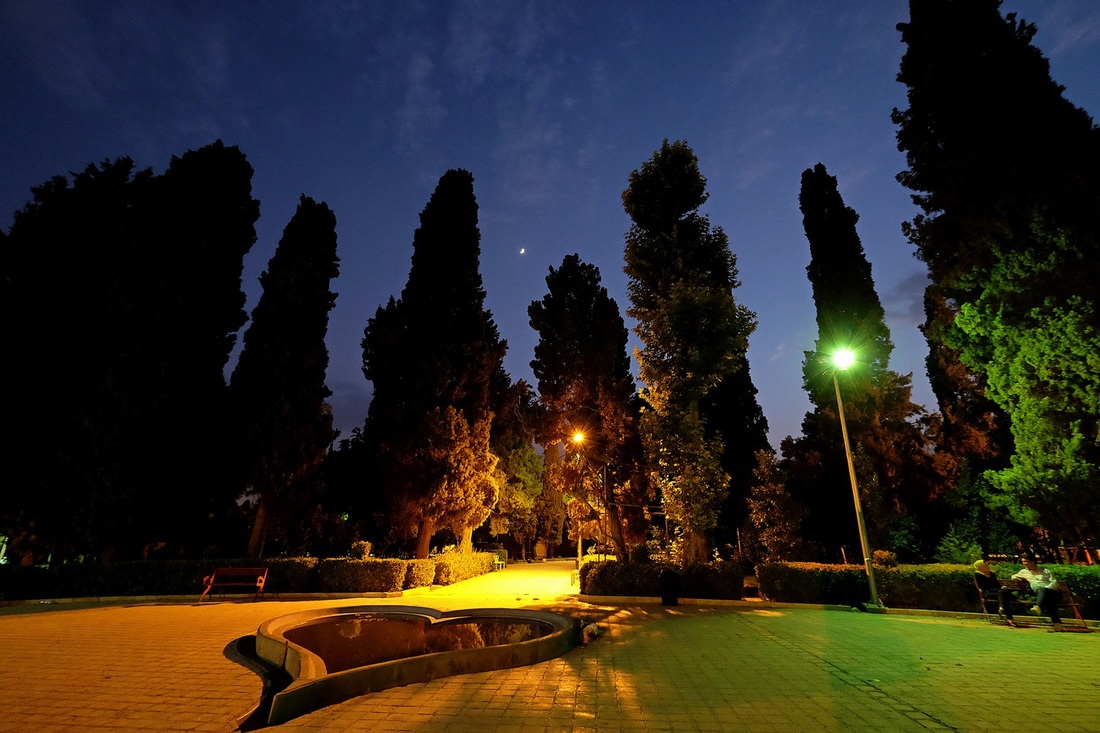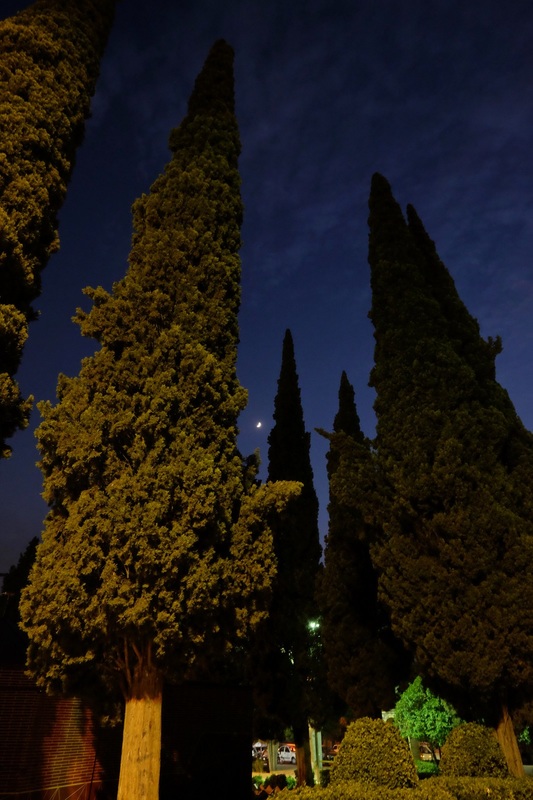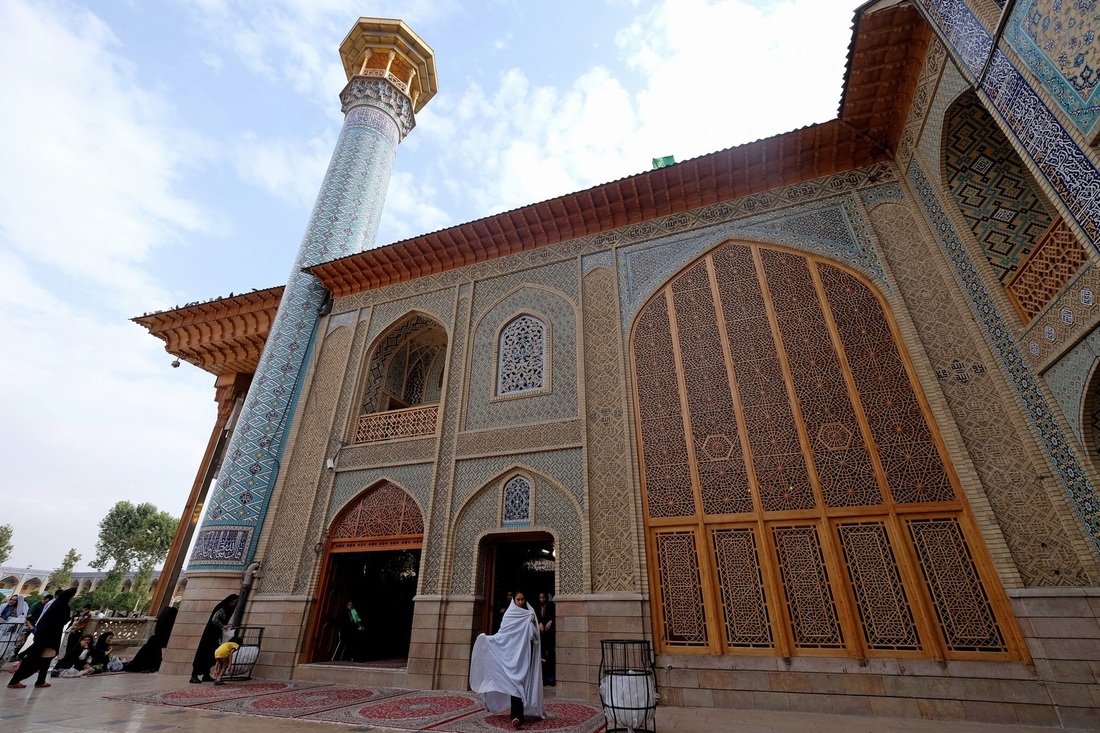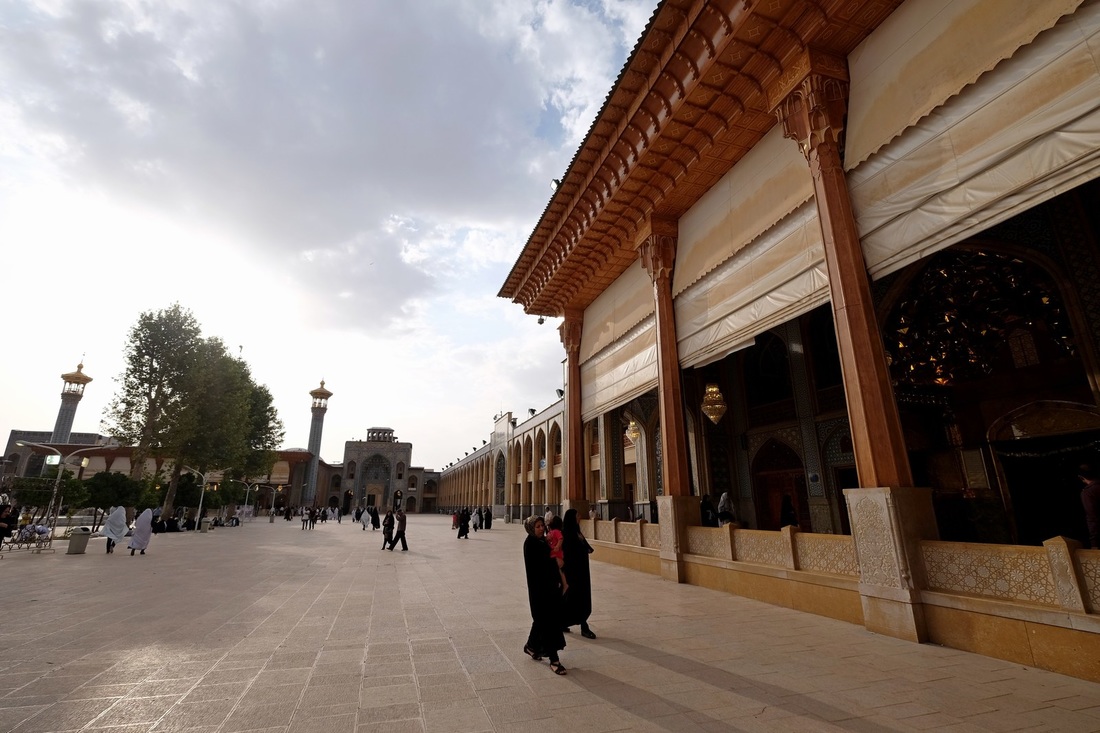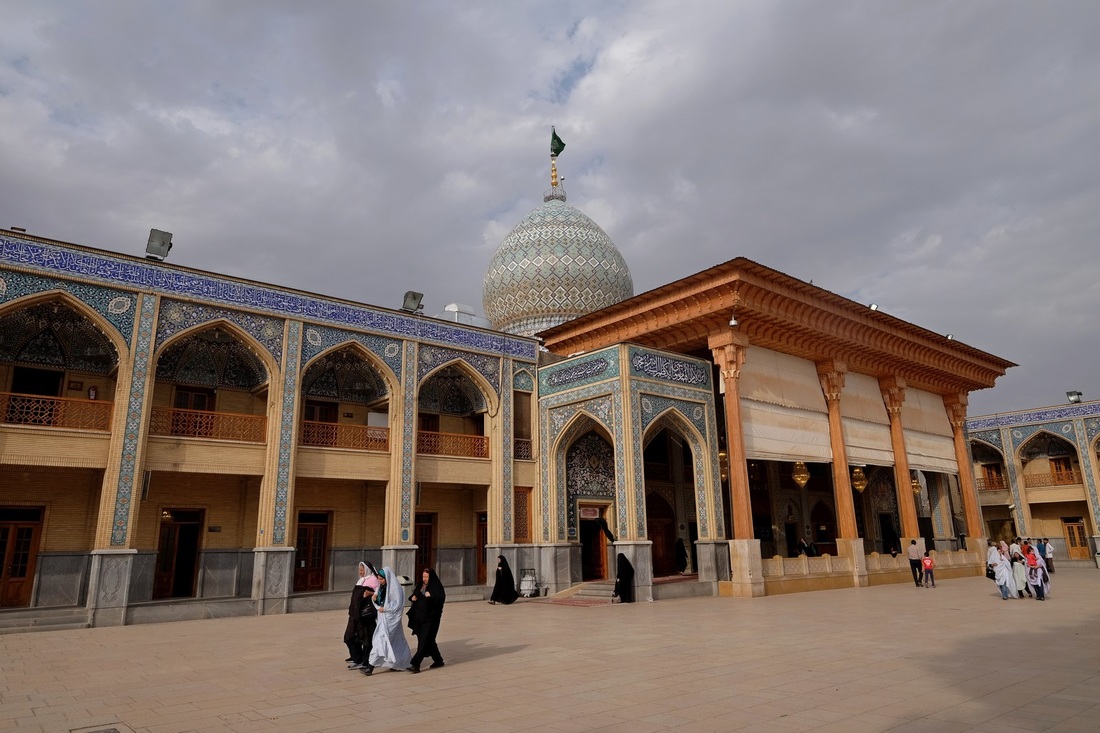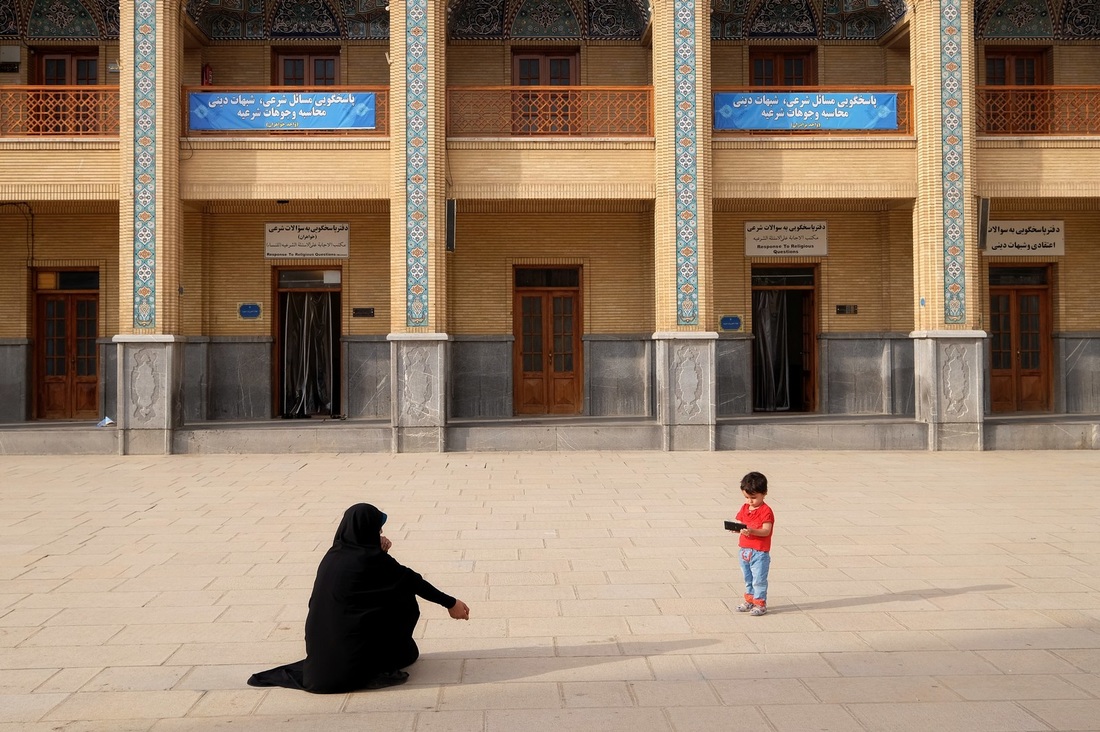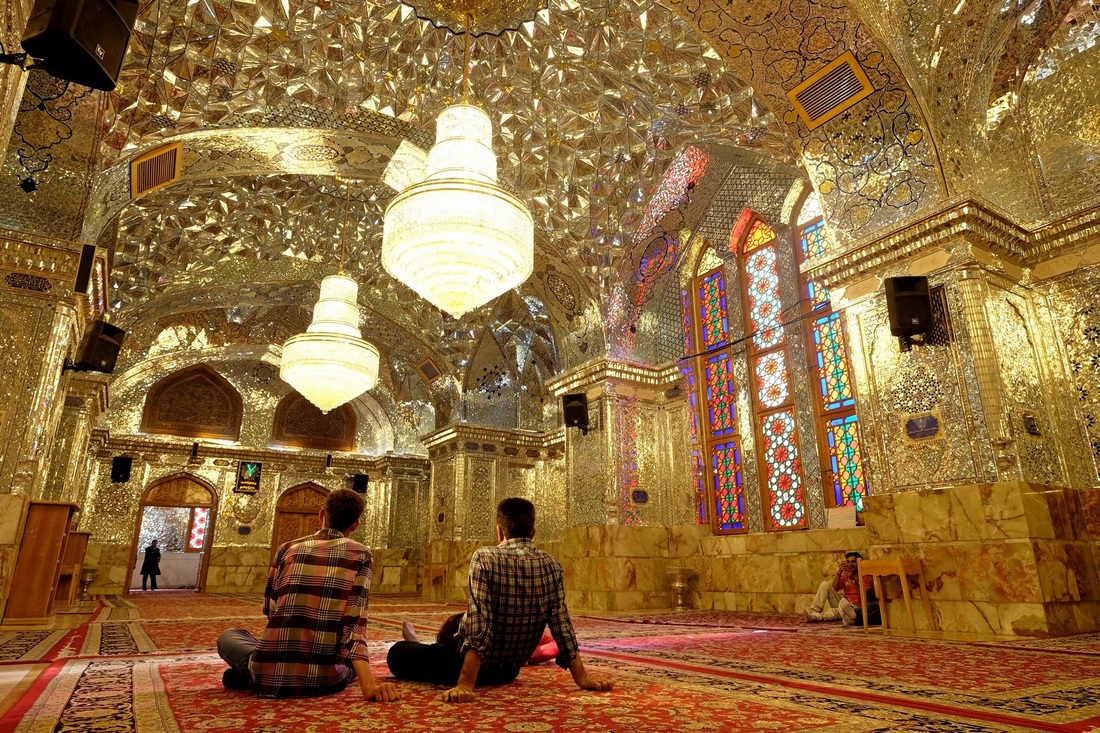I've been pretty awestruck by what Iran had to offer so far, but this one really takes the cake, including the cherry on top. Now, I should say that Shiraz and Persepolis are technically two different places, but most people do them together because they are only 50km apart. The former is presently Iran's 3rd largest city and is a splendid showcase of a variety of centuries-old Islamic architecture. The major sights in Shiraz are only about 400 years old, as the city served mainly as a provincial capital for the different empires which ruled the region. And for those who have heard that the Shiraz/Syrah grape originated from the city, well, unfortunately that's not true. Although the city and its vicinity was a well-known wine producing area up till the Islamic Revolution in 1979. Today its still-famous grapes are sold, unfermented, in its bazaars.
Persepolis on the other hand, has no shortage of historical pedigree. Built in the time of the Archaemenid Empire around 500BC, Persepolis or Takht-e Jamshid is literally translated as "City of Persians". It was the ceremonial capital of Persian Kings and was designed to impress (and probably intimidate) visiting dignitaries from foreign lands and tributaries. The entire complex was built over a period of more than 100 years. Conceived by Cyrus, commenced upon by Darius and continued by Xerxes, Persepolis is a composite work of over three generations of Persian Kings of kings.
The structures of Persepolis rest on an immense stone terrace (450m x 300m) which was put together so well that you can't even slide a playing card into the gaps between the 10 tonne stone blocks today. See pic below to get a sense of the unbelievable precision the Persian were capable of 2,500 years ago. The fantastic thing about Persepolis is that it was only "uncovered" in 1930 in an archaeological expedition. Being buried under the sand for many centuries means that parts of the complex has been unusually well-preserved. Notwithstanding the fact that the entire place was torn down by Alexander the Great, an act which effectively ended the Archaemenid Empire (or first Persian Empire). It is said that over 3,000 camels were employed to carry away the vast riches which lay within the treasury of Persepolis. I suppose one can't blame the Macedonians - Xerxes did, after all, sack Athens and burn it to the ground during his reign.
In a game of "which was the greatest empire", the 200-year Archaemenid Empire wouldn't come out tops by most measures - the British Empire was the largest in terms of geographical coverage; the Mongol Empire the largest in terms of contiguous lands conquered (and death toll); the Romans in terms of economic dominance and longevity - a whopping 2,000 years; and the Arabs in terms of religious and cultural impact. BUT the Archaemenid Empire was the first real global empire, created two centuries before Alexander campaigned his way eastwards. It was the Persians who set the benchmark for what an empire should be, and it was the religion propagated by its kings - Zoroastrianism - which first postulated the ideas of a single god and heaven and hell, concepts which would be later embraced by billions of Jews, Christians and Muslims all over the world.
And although the Archaemenid Empire was a "prototypical" empire, its strategic location at the cradle of civilisation meant that it was responsible for half of the world's population - about 100 million people at the time. It unified the largest land area (up till then) under a single ruler - from the Mediterranean Sea to Northern Africa to modern-day Pakistan. It also introduced Empire-building 101 basics such as road networks and caravanserais or rest-stops, a horse-relay postal service (only 15 days from one end of the empire to the other end), a lingua franca or common language, the first human rights charter (enshrined today in the United Nations HQ), and the administrative concept of governor-controlled semi-autonomous regions which would be adopted and further refined by the majority of imperial powers right up to the British Empire. And most impressively of all, the Persian rule brought a peace lasting 200 years to the very complex Middle East region. It hasn't been the same since.
Some photos from my walkabouts:
Bottom pic: The Apadana Palace with around 10 columns still standing.
If you look really hard, you can see the people walking around, which gives you an idea of how massive these structures are.
The picturesque building on the bottom isn't a tomb, but no one is really sure what function it served. Perhaps it was a fire temple, or a treasury. What is very cool though is how far below "ground" it sits, indicating that the present-day "ground" is covered with about 10 feet or 2,000 years worth of dust and sand.
These are pics from Aramgah-e Hafez, or the Tomb of the great Persian poet Hafez. Every day a small army of loyal followers line up to pay their respects. It is said that every house in Iran has two books - the Koran and a book of poems by Hafez. Such is the reverence he commands - 700 years after he passed away.
Bottom pic: the overwhelmingly reflective interior of the mausoleums. This is one of those rare instances where there's no such thing as going too far. It's stunning inside, once your eyes (and your brain) adjust(s).
